How to Deadhead Dahlias in Pots
Introduction
Dahlias are beloved for their vibrant blooms and versatile nature, making them an excellent choice for pots. Deadheading, or the removal of spent flowers, is essential for keeping your dahlia plants healthy and encouraging new blooms. Learning how to deadhead dahlias in pots ensures your potted beauties remain colorful and thriving throughout the growing season. This guide walks you through the process, care tips, and benefits of deadheading dahlias in containers, along with troubleshooting common challenges to help you get the best results.
Why Deadheading Dahlias is Important
Deadheading is a simple but impactful gardening practice. Removing faded flowers prevents the plant from expending energy on seed production, redirecting it toward growing fresh, healthy blooms instead. For dahlias grown in pots, where space and resources are limited, deadheading is even more crucial to maintain their aesthetic appeal and overall health. Without regular deadheading, the plant’s energy is wasted on creating seeds, leading to reduced flowering and a less vibrant display. By investing a small amount of time in regular deadheading, you can ensure your dahlias bloom continuously and retain their visual charm.

Tools You’ll Need to Deadhead Dahlias in Pots
To properly deadhead dahlias in pots, you’ll need a few simple tools that make the process more efficient and safe. First, sharp pruning shears are essential for making clean cuts that heal quickly, reducing the risk of disease. Gardening gloves are also a must, as they protect your hands from sap, sharp stems, and potential irritants. If you’re working with a smaller container garden, using a DIY plant watering bottle after deadheading ensures the soil remains moist without overwatering. Having a small bucket or bag nearby to collect spent flowers and stems is helpful for maintaining cleanliness and preventing debris buildup.
Step-by-Step Guide: How to Deadhead Dahlias in Pots
- Identify Spent Blooms: Look for flowers that have wilted, browned, or lost their vibrancy. Spent blooms are easy to spot because they lack the freshness of newly opened flowers.
- Locate the Stem Node: Trace the stem of the spent bloom to its base, where it meets a healthy leaf node or side bud. This is the ideal cutting point to promote regrowth.
- Cut at an Angle: Using sharp pruning shears, make a clean cut just above the leaf node or side bud. Cutting at an angle helps water run off, reducing the risk of fungal infections.
- Dispose of Debris: Collect and discard all removed flowers and stems immediately. Leaving debris in the pot can attract pests or encourage fungal growth.
- Water and Feed: After deadheading, give the plant a good drink of water to help it recover. Consider adding a balanced fertilizer to encourage new blooms.
Regularly following these steps will keep your potted dahlias looking healthy and ensure they produce vibrant flowers throughout the growing season.
Best Time to Deadhead Dahlias in Pots
Timing plays a key role in maximizing the benefits of deadheading. The ideal time to deadhead dahlias is as soon as you notice a flower has faded. Regular inspection of your plants is important, particularly during peak flowering periods. Inspect your dahlias every few days to catch spent flowers early, preventing the plant from diverting energy to seed production. Deadheading frequently not only promotes new blooms but also helps you maintain a clean and well-kept container garden.
Growing Conditions for Dahlias in Pots
To get the most out of your potted dahlias, providing the right growing conditions is essential. Dahlias thrive in full sun, requiring at least six hours of sunlight daily. Place pots in a sunny location, such as a balcony or patio, to ensure optimal growth. The potting mix should be nutrient-rich and well-draining to prevent waterlogging. Adding organic matter, such as worm castings, enhances soil fertility and helps retain moisture without becoming soggy. Adequate spacing is also crucial to improve airflow and minimize the risk of diseases like powdery mildew.
Tips for Growing Dahlias in Pots
Growing dahlias in pots requires some unique considerations compared to planting them in the ground. Choose a container that is at least 12 inches deep to provide enough room for the tubers to grow and support the plant’s root system. Ensure the pot has proper drainage holes to prevent standing water, which can lead to root rot. Regular watering is key for potted dahlias, as container soil dries out more quickly than garden soil. Consider using a DIY plant watering bottle for consistent hydration without overwatering. Additionally, staking may be necessary for taller varieties to provide stability in windy conditions.
Fertilizing Potted Dahlias for Optimal Bloom
Fertilizing is a critical factor in achieving vibrant, abundant blooms from your potted dahlias. Regular feeding provides the essential nutrients the plant needs to produce flowers and maintain overall health. During the growing season, use a balanced, water-soluble fertilizer every two to three weeks. Opt for a formula specifically designed to encourage blooming, such as one with higher phosphorus (the middle number in the NPK ratio) and potassium, which supports flower production and root health. Avoid fertilizers with excessive nitrogen, as these can lead to lush foliage at the expense of blooms.
For those preferring an organic approach, enriching the potting mix with compost or worm castings can provide slow-release nutrients that enhance soil structure and fertility. These natural options not only nourish the plant but also promote a thriving ecosystem within the pot, which is especially beneficial in a confined growing environment.
In addition to routine fertilization, observe your dahlia’s growth patterns and adjust feeding as needed. For example, if blooms begin to fade or growth slows, it may indicate the need for additional nutrients or a different fertilizer blend. Combining consistent feeding with other care practices, such as deadheading and proper watering, ensures that your potted dahlias remain healthy and produce vibrant flowers throughout the season. Regular fertilization is not just about boosting blooms but also about fortifying the plant to withstand stress, pests, and environmental changes, giving you a stunning container garden centerpiece.
Benefits of Deadheading Dahlias in Pots
he benefits of deadheading dahlias extend far beyond improving their appearance. Regular deadheading stimulates the plant to produce an abundance of fresh blooms, effectively extending the flowering season and allowing you to enjoy a vibrant display of colors for months. By removing spent flowers, the plant redirects its energy away from seed production and focuses it on developing new growth and blossoms. This process ensures a healthier, more vigorous plant that continues to thrive throughout the growing season.
For potted dahlias, where space and resources are inherently limited, deadheading is even more critical. In the confined environment of a pot, the plant’s energy must be managed efficiently to sustain its growth and flowering potential. Deadheading not only maintains the plant’s aesthetic appeal but also encourages compact, controlled growth, which is particularly important for container gardening.
Moreover, removing faded blooms reduces the risk of common garden issues such as fungal infections and pest infestations. Spent flowers and decaying plant material can harbor harmful pests like aphids and spider mites or encourage fungal diseases like powdery mildew. Regular deadheading helps create a cleaner, healthier growing environment, improving airflow around the plant and minimizing potential problems.
Lastly, the act of deadheading provides an opportunity for close inspection of your dahlias. This hands-on care allows you to identify any early signs of disease, pests, or stress, enabling timely intervention to keep your plants thriving. For potted dahlias, this additional layer of attention is particularly beneficial, ensuring your container garden remains a stunning focal point.
Common Challenges in Deadheading Dahlias in Pots
While deadheading is straightforward, potted dahlias may present unique challenges. Overcrowded pots can make it difficult to reach spent blooms, emphasizing the importance of proper spacing when planting. Pests such as aphids and spider mites are more likely to affect potted plants, so regular monitoring and immediate action are crucial. Additionally, overwatering is a common issue in container gardening, leading to root rot or fungal diseases. Ensuring proper drainage and using a watering schedule can help mitigate these risks.
For more on pest control and prevention, explore our comprehensive guide on common garden pests to keep your plants thriving.
Harvesting Dahlias for Cut Flowers
One of the joys of growing dahlias in pots is the opportunity to harvest fresh blooms for floral arrangements. To harvest dahlias, use sharp pruning shears to cut stems early in the morning or late in the evening when temperatures are cooler. Select blooms that are fully opened but still fresh, as these will last longer in a vase. Immediately place the cut stems in a bucket of water to prevent wilting. Arranging dahlia blooms in your home not only showcases their beauty but also encourages the plant to produce more flowers through regular cutting.
Companion Plants for Potted Dahlias
Pairing dahlias with companion plants can enhance the visual appeal and functionality of your container garden. Low-growing plants like marigolds or petunias complement the tall, showy blooms of dahlias and help suppress weeds in shared pots. Herbs such as basil or parsley can also be grown alongside dahlias, offering both beauty and practicality. For more ideas, check out our article on growing basil in a pot for tips on pairing herbs with flowering plants.
Conclusion
Deadheading dahlias in pots is a simple yet effective way to maintain their health, beauty, and productivity. By understanding how to deadhead dahlias in pots and providing the right growing conditions, you can enjoy vibrant blooms throughout the growing season. Regular care, including watering, fertilizing, and pest management, ensures your potted dahlias thrive and remain a stunning focal point in your garden or balcony. With these tips in mind, your dahlias will reward you with continuous blooms, adding color and joy to your outdoor space. For more gardening inspiration, learn how to transplant mint and bring even more greenery into your home and garden. Happy gardening!


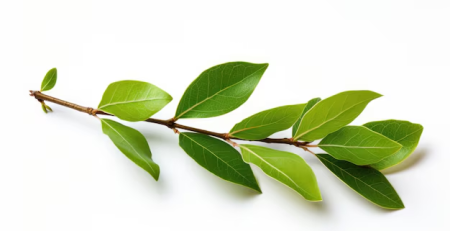
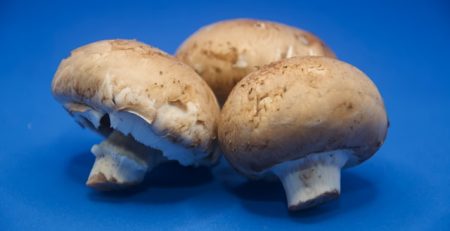
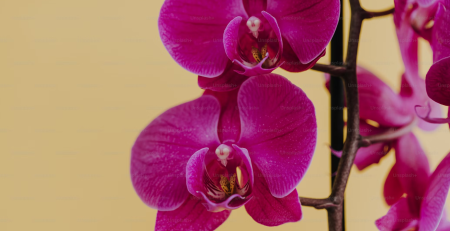
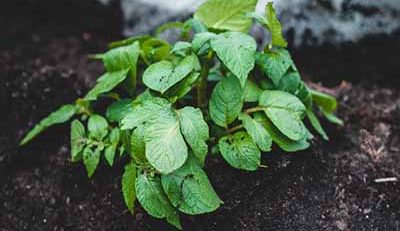
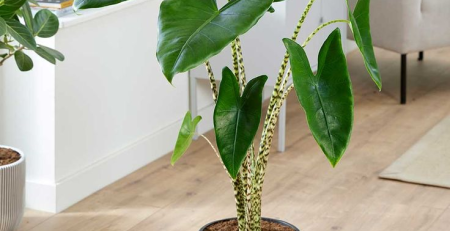

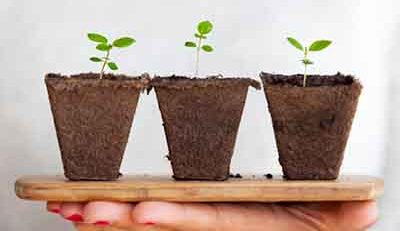
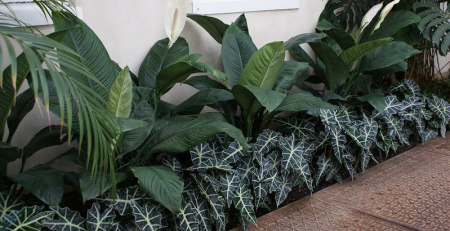
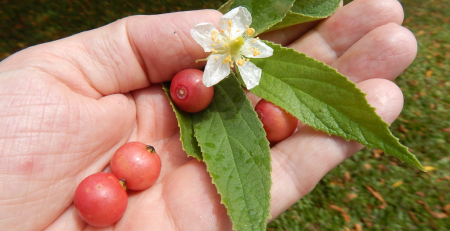
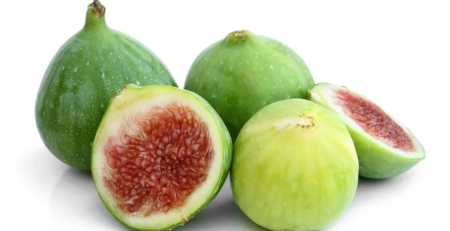
Leave a Reply